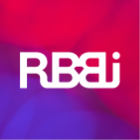RTA Dubai Drive
A user-centered project to make Dubai drivers’ lives easier
Challenge
The Drivers and Vehicles app by RTA is there to help users complete online the administrative tasks they would normally complete by queuing at an RTA center. This situation often generates a double frustration: from the administrative problem itself, as well as the pain of going to a center to wait in line for a problem to get fixed.
However, after a few years of existence, the app owners realized that it was used mostly as a complaints collector rather than a problem-solver. In other words, it was contributing to the problem more than it was actually solving it.
Initial interviews with users shed light on the fact that the app was more of an online catalog of the services that could be solved in a center, once the user experiences them, rather than a way to anticipate these issues before they even occur
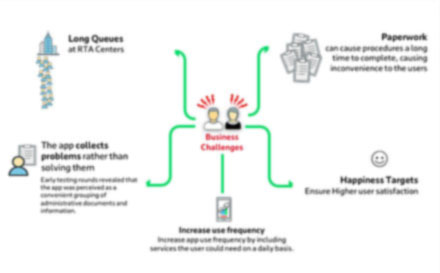

Solution
With the redesign decided, a new objective was set: the app should become an effective companion for drivers, and its behavior had to become proactive. For instance, drivers will be notified whenever their driving license, vehicle registration or parking is about to expire, rather than facing the consequences.
The dashboard of the app has been designed to ensure a customised experience for each user. Now everyone sees the information relevant to them, as opposed to a generic catalogue of services.

Smart Notifications
The Most important information is directly visible on the dashboard.
Users get notified when their Salik balance is low to avoid getting a fine.
A notification is sent 30 days prior to the expiry of any vehicle license.
Know ahead of time when your parking ticket is due for extension.

My Score
The app encourages good driver behaviour through “My Score”.
Frequent usage and completion of tasks in-app will lead to a higher score
Allows each driver to know their own steps towards becoming better drivers (such as avoiding fines, renewing licenses on time, or performing car check-ups regularly).
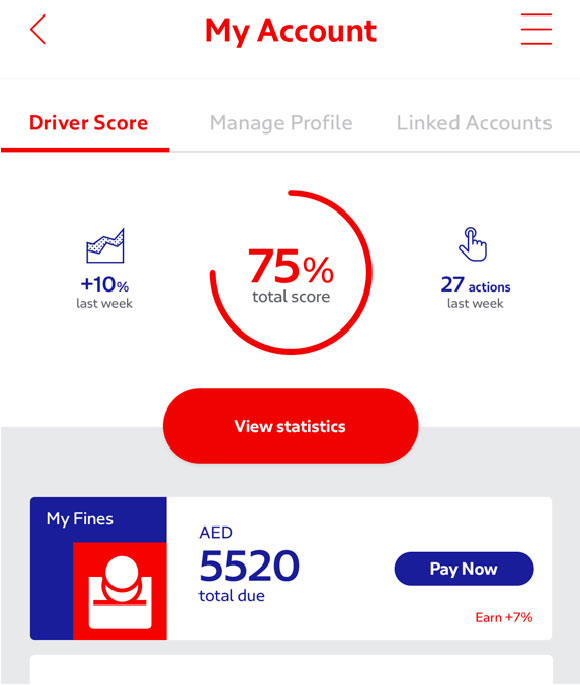

Gradual onboarding process
Users will only learn about how to use/find a service when they need to.
The design avoids cognitive overload for a better learning experience
Numerous app tips can be read, discarded and re-accessed at any point in the app use lifetime.

Digital Parking Permits
Up to 3 vehicles can be allocated to 1 parking permit
Digitally switch permit usage in real-time between vehicles.
Enjoy the full flexibility and potential of your parking permit

User Friendly for All Users profiles
Users with disabilities can see parking spots that are relevant to them in one tap.
Report abuse of other drivers unduly occupying their parking spots/areas.
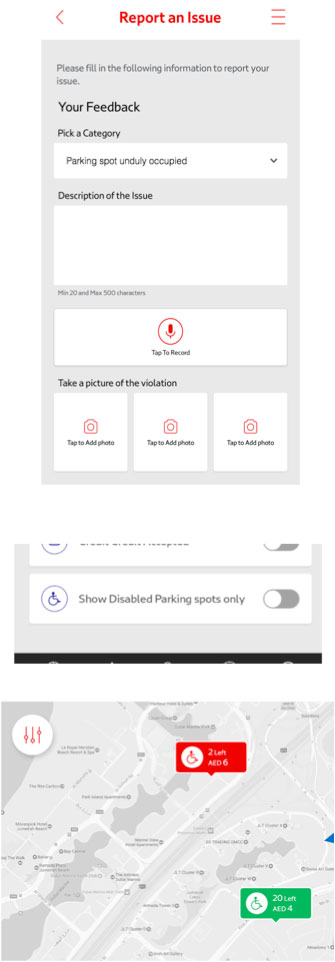
Method
Driving is not the same experience for everyone in Dubai. To reflect this reality we had to interview users from very different profiles. We asked about the joys and pains of driving to different profiles: Young drivers, experienced drivers, delivery boys, disabled drivers, truck drivers… all of them had different stories to tell, and different ideas to suggest.
Extracting the main insights from our user testing sessions, then run brainstorming workshops to deliver features that would address these issues. We sorted these ideas by technical feasibility and value for users. Some of them could be implemented, some would be saved for later.
To understand better the limitations of current experiences, we got users testing existing apps, using cognitive walkthrough, task completion measurement and eye-tracking hardware. Similarly we tested the key screens of our prototypes in order to be able to refine them over time.


Results
We ran over 50 task tests to assess the future impact on user satisfaction. We measured the performance of the new design over key areas:
- discovery (users can find the things they are looking for)
- completion (users can do the tasks they came to do)
- satisfaction (how happy users are using the app)
Discovery: beating the learning curve
When launching a new app design, users typically experience a time of adjustment to be able to find the things in their new place. However, we maintained a very high level of task discovery, in spite of a completely new design, which normally would lead to a drop in discovery (adjustment period).
Completion: no more friction
After the redesigned app was tested, we noticed users were no longer getting stuck while trying to complete the same tasks as before. During our testing sessions, no user gave up on completing the tasks, while it had been the case in some instances before (e.g. parking a car).
Satisfaction: no more frustration
Using the Dubai Government’s happiness measurement framework, the level of satisfaction has increased drastically with the new design. Better still, the unhappiness level is almost down to zero.
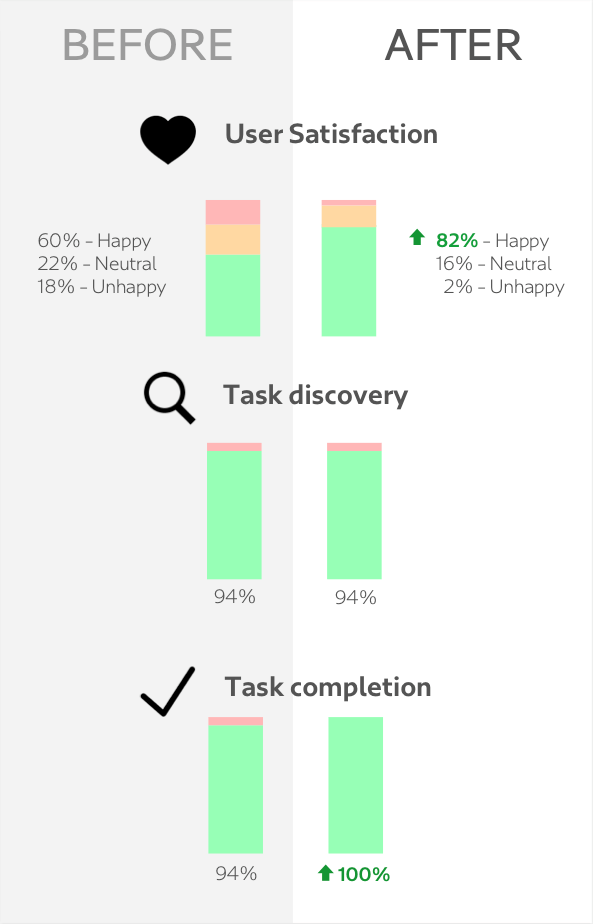
Conclusion
The objective of the project was to move away from a catalogue of services, and build a more proactive assistant for drivers. The app understands most of your needs and offers contextual help, tailored for each user.
In the future, we hope to integrate even more services to help the people of Dubai literally enjoy the ride, without worrying about administrative problems.
